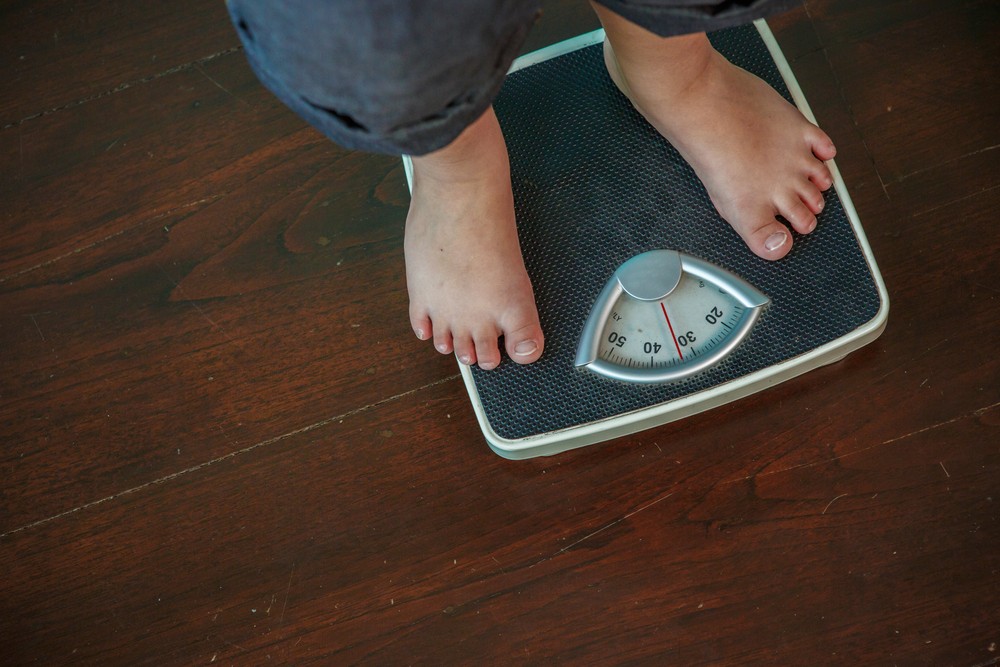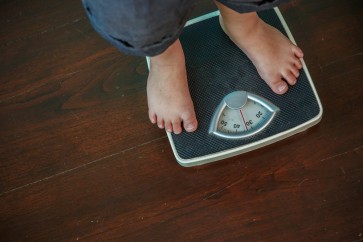Popular Reads
Top Results
Can't find what you're looking for?
View all search resultsPopular Reads
Top Results
Can't find what you're looking for?
View all search resultsHow to combat obesity holistically
Indonesia has one of the highest rates of obesity and overweight in the region — 5.7 percent and 24.5 percent of the population respectively.
Change text size
Gift Premium Articles
to Anyone
T
he obesity epidemic is rapidly escalating in Southeast Asia, including in Indonesia. A recent report by The Economist Intelligence Unit (EIU) highlighted that the country has one of the highest rates of obesity and overweight in the region — 5.7 percent and 24.5 percent of the population respectively.
This is leading to a huge economic burden. In fact, according to the report commissioned by the Asia Roundtable on Food Innovation for Improved Nutrition (ARoFIIN), Indonesia faces the highest overall costs of obesity in the region at between US$2 billion and $4 billion in 2016. This is equivalent to between eight and 16 per cent of the country’s national healthcare spending.
These costs are attributable to a spike in related non-communicable diseases like type 2 diabetes, stroke, cardiovascular diseases and cancer, as well as increased absenteeism from work arising from illness and poor health.
To address this public healthcare burden, a paradigm shift in focus and strategies is needed. This includes more attention being placed on preventive healthcare; consumer — especially childhood — education on healthy nutrition; and multi-stakeholder partnerships and knowledge exchanges.
Obesity in Indonesia is largely driven by the prevalence of high energy-dense and nutrient-poor food, and the unhealthy dietary choices of the population. Food availability per capita has grown by 40 percent, with 20 percent from fat sources, and 93.5 percent of the Indonesian population consumes less than the required five portions of fruits and vegetables a day.
These issues, coupled with the general lack of exercise and physical activities undertaken by the population, have made people gain weight faster. More notably for Indonesia, the country is also facing the double burden of malnutrition where both the challenges of obesity and undernutrition coexist.
Solving the obesity crisis requires tailored strategies that fit within the local environment. For example, given the low public awareness and knowledge of dietary guidelines and nutritional labeling in Indonesia, more interventions have to be made in this area. More importantly, combating obesity requires strong partnerships and open engagement among the government, food industry and civil society — from both the public and private sectors.


















